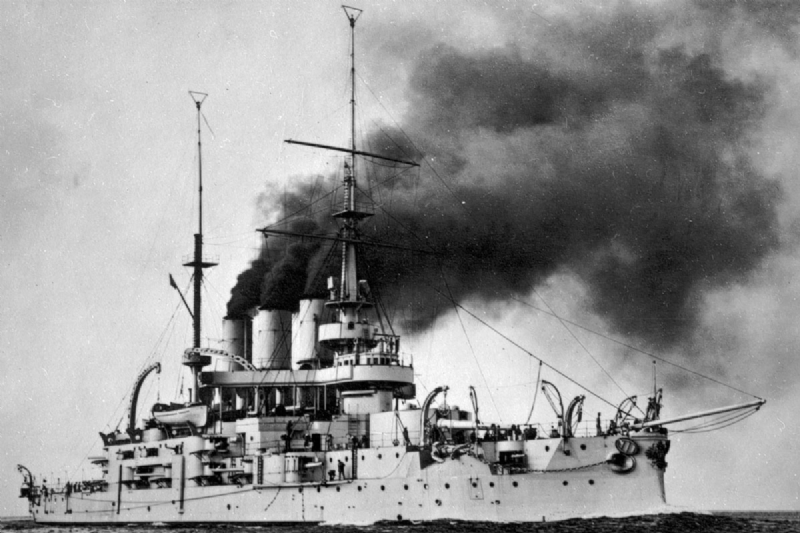Potemkin
According to the records, the most famous ship of the pre-Soviet Russian Navy was the Dreadnought. However, thanks to the 1925 movie "The Battleship Potemkin" of the same name as the ship, the armored battleship Potemkin was immortalized forever and became the most powerful warship in the Soviet Russian Navy.
The ship, which was planned to be another class warship under construction, was in a completely new class when the construction was completed. After a long period of construction that began in 1897, the Potemkin battleship was renamed Kniaz Potemkin Tavricheskiy in 1904. Early the following year, the ship's cannon towers were completed and the famous ship joined the Black Sea Fleet.
In the same year, a revolt took place in the Russo-Japanese War. The riots in the Russian Navy took advantage of the rebellion to try to make a revolution against the Tsar. The revolution attempt failed. However, during this rebellion, the name of the ship was changed after it was returned to Panteleimon by the Romanians.
Potemkin in the First World War
The famous ship went through maintenance between 1907 and 1916. After the maintenance, Potemkin served against the Turks with the Black Sea Fleet in World War I. The ship's name was again Potemkin-Tavricheskiy after the February Revolution in 1917. Later it was renamed Borets za svobodu (Freedom Fighter) again.
The Potemkin battleship was seized by advancing German forces at Sevastopol in May 1918, after being held in tow for several months. Potemkin, one of the famous ships under the terms of the ceasefire signed in November, was handed over to the Allied Powers at the end of that year.
End of the Historic Potemkin Ship
In April 1919, British forces in Crimea wanted to stop the advancing Bolshevik forces. The famous ship's engines were destroyed by the opposing forces to prevent Potemkin from using it against the White Army. However, the famous ship changed hands several times before being abandoned by the Whites in 1920.
The ship was on the Naval List for several more years. In 1923 it was decided to scrap the ship.
The Potemkin warship comes to my day often in terms of both its place in history and it's being the subject of movies. One reason for this is that it left its mark on Russian history, serving as a potential catalyst to end the Russo-Japanese War in 1905.
Recently, the ship has been the main feature of a movie based on the 1905 uprising. The subjects experienced during the war period are heavily dramatized in the film. While some argued that the film that was shot did not reflect reality, some said that it was life itself.

